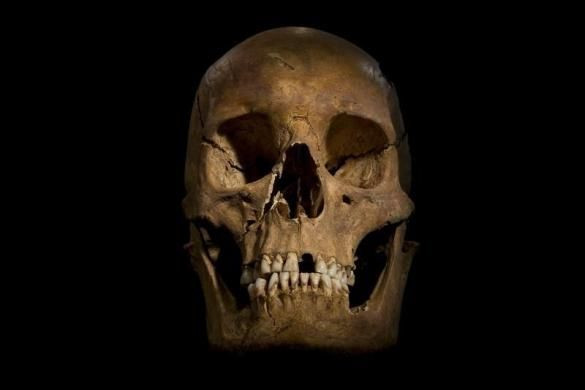Study Shows Kennewick Man Was Native American

An in-depth analysis of the DNA from the ancient skeleton known as Kennewick Man has revealed that it was indeed a close relative of Native Americans. Some Indian tribes had earlier opposed the study of the specimen, saying the man was their ancestor and his remains should not be tampered with.
The dispute dates back to 1996, when the 8,000-year-old skeleton was found on the shores of the Columbia River near Kennewick, Washington. Anthropologists wanted to study the ancient skeleton for clues on the human settlements of the Americas.
The tribes invoked a 1990 law stating that all Native American artifacts discovered on federal land should be handed over to the tribe as is. The dispute continued until 2004, with the defeat of the tribal claim.
Researchers initially analyzed the skull and concluded that it belonged to some other population than modern-day Native Americans, perhaps Polynesian or Asian. But the latest genetic sequencing technology was used to study the DNA of the skeleton and indicated that it actually belongs to a close relative of the local tribes.
After extracting small pieces of DNA from the bone, the scientists compared the sequence with those of Europeans, Native Americans and Asians. The comparison group also included the Colville tribe from the Washington state, including the group that once claimed the skeletal remains.
The complete study findings have been published in the journal Nature.
© Copyright IBTimes 2025. All rights reserved.



















